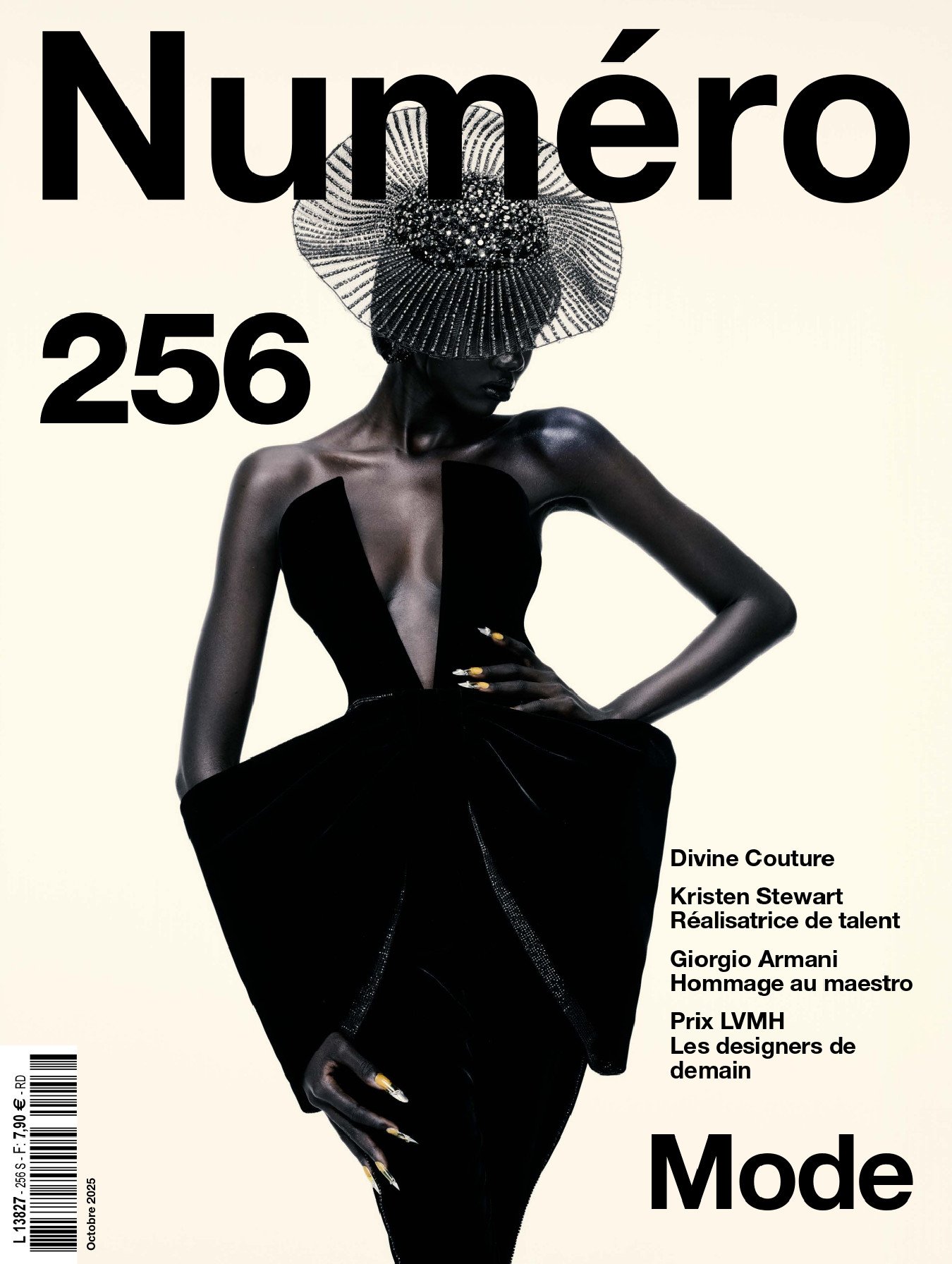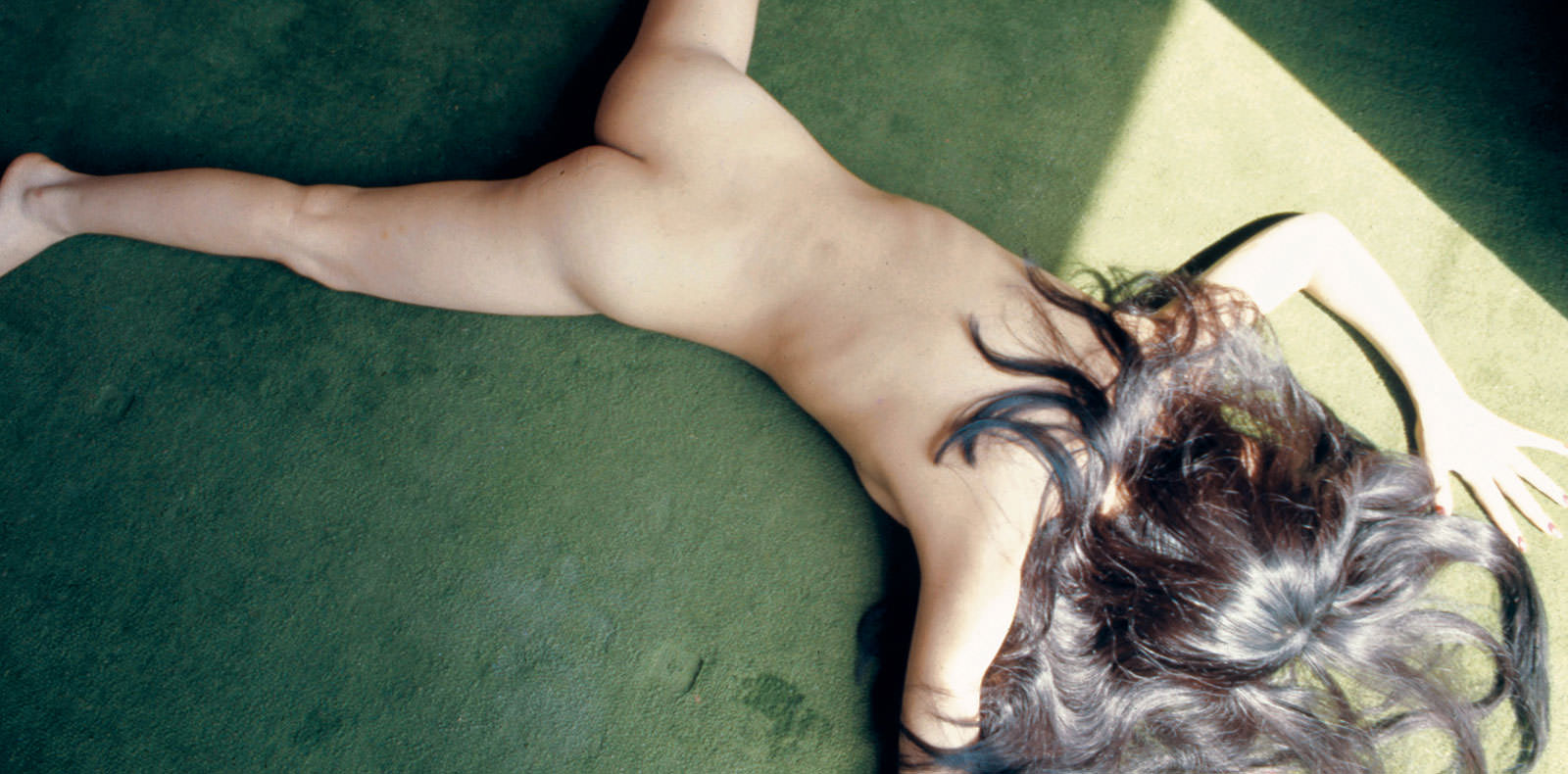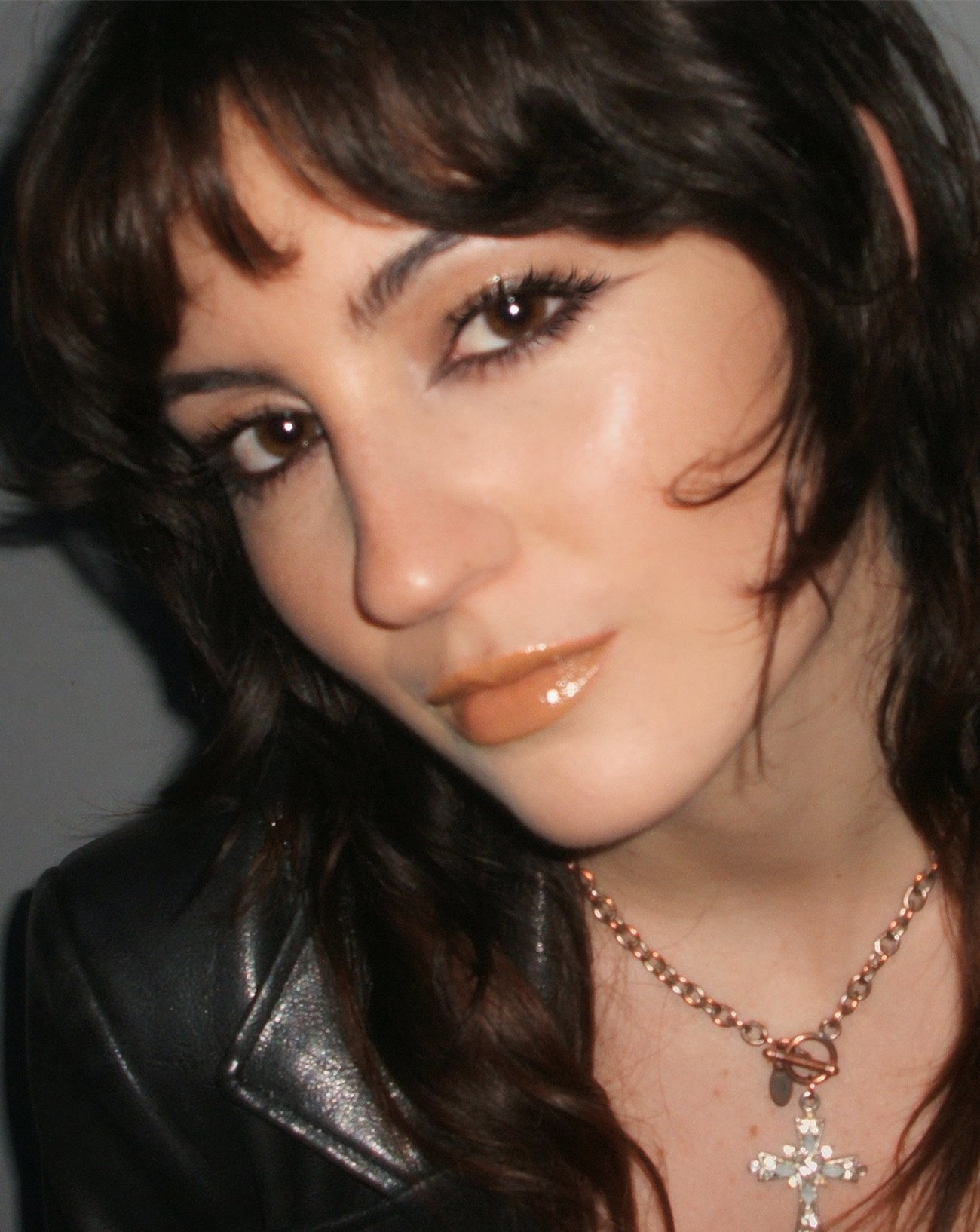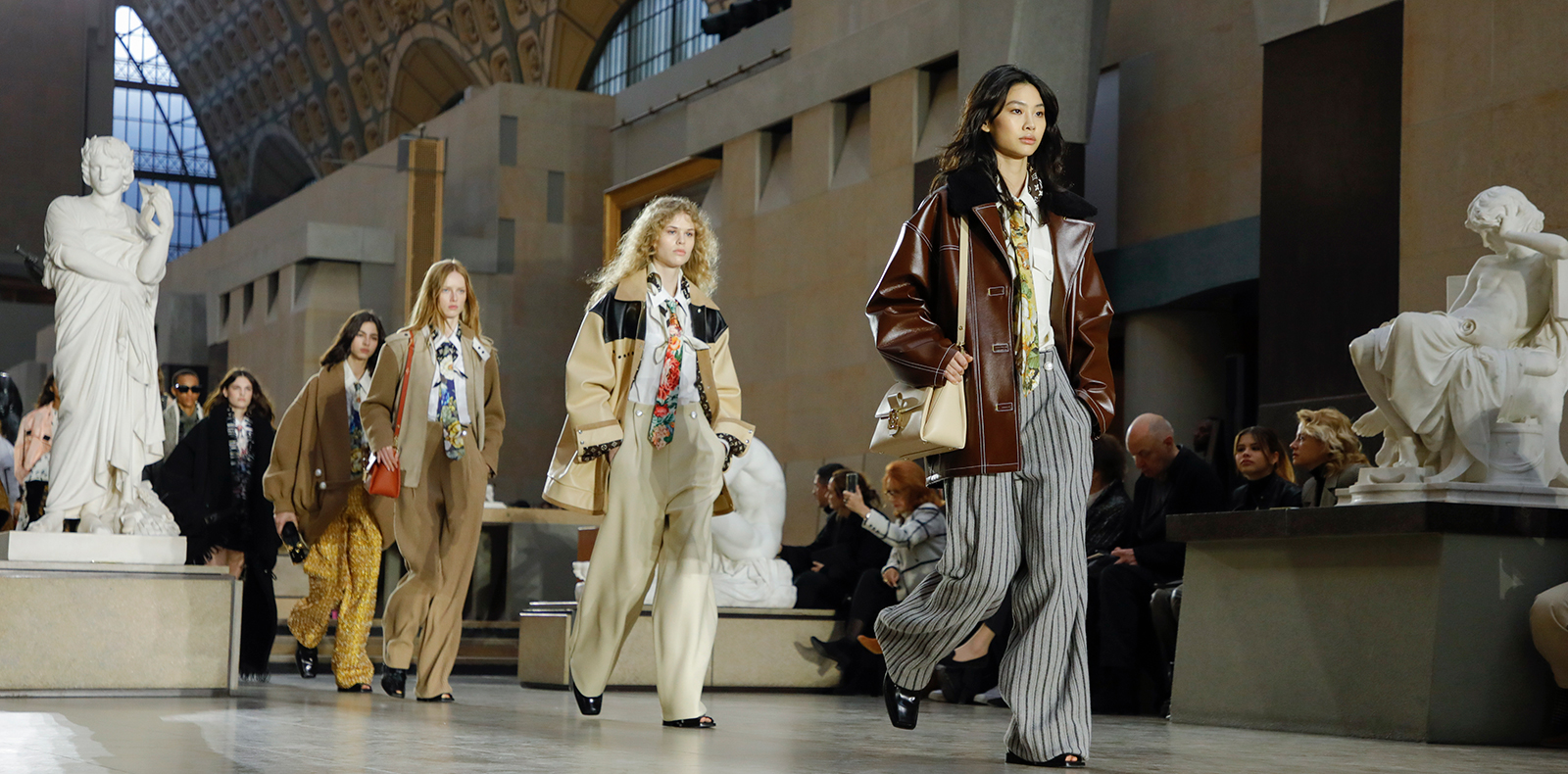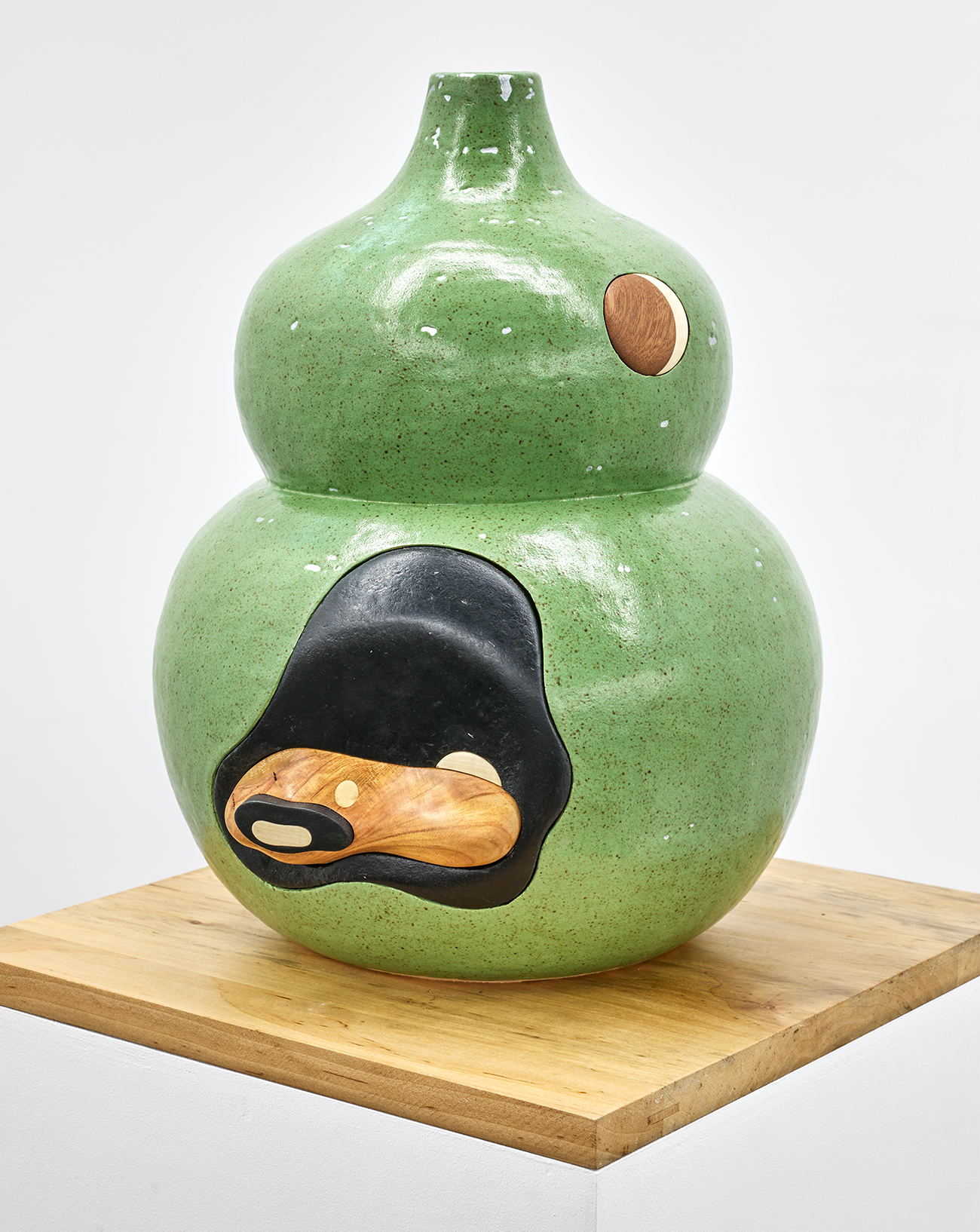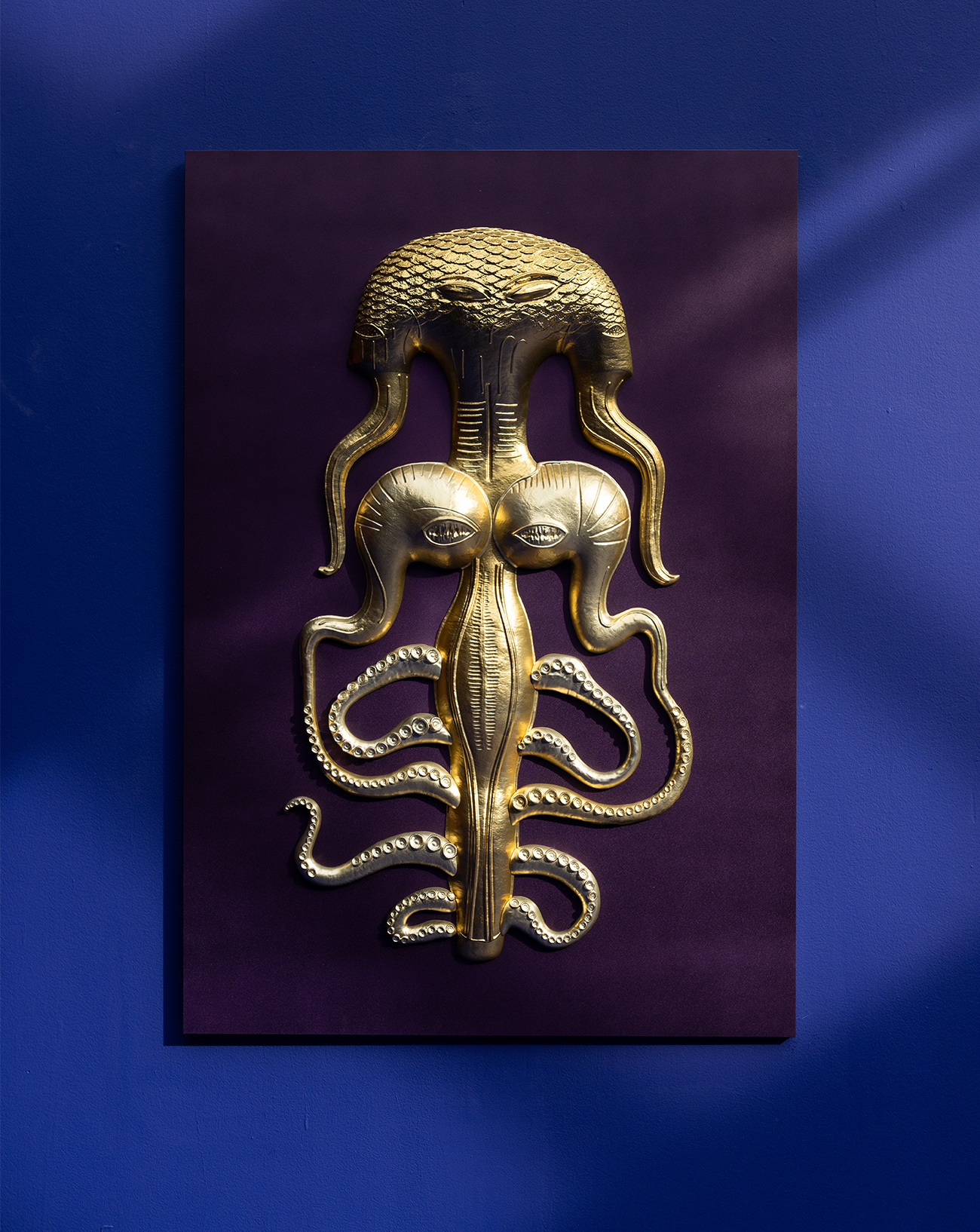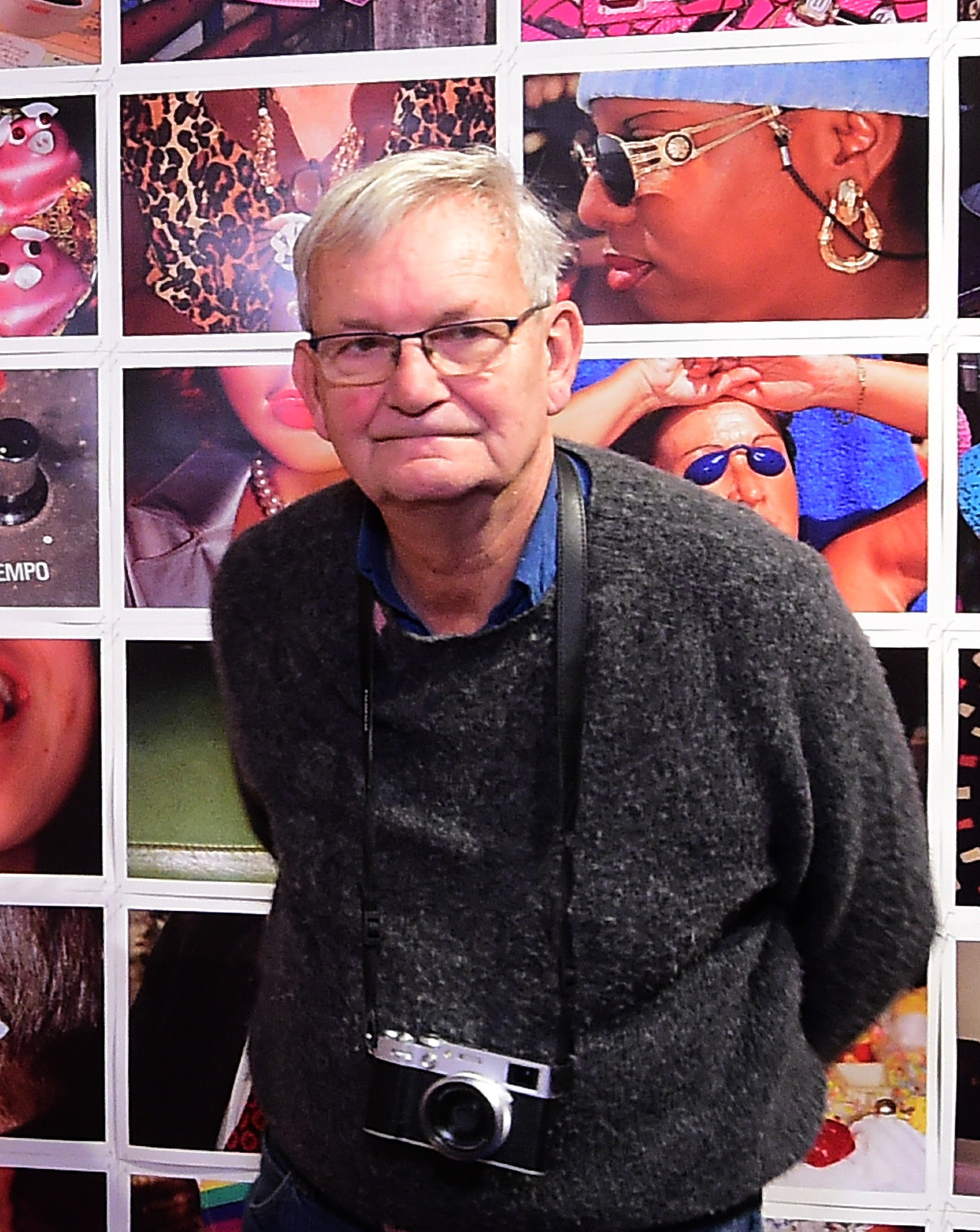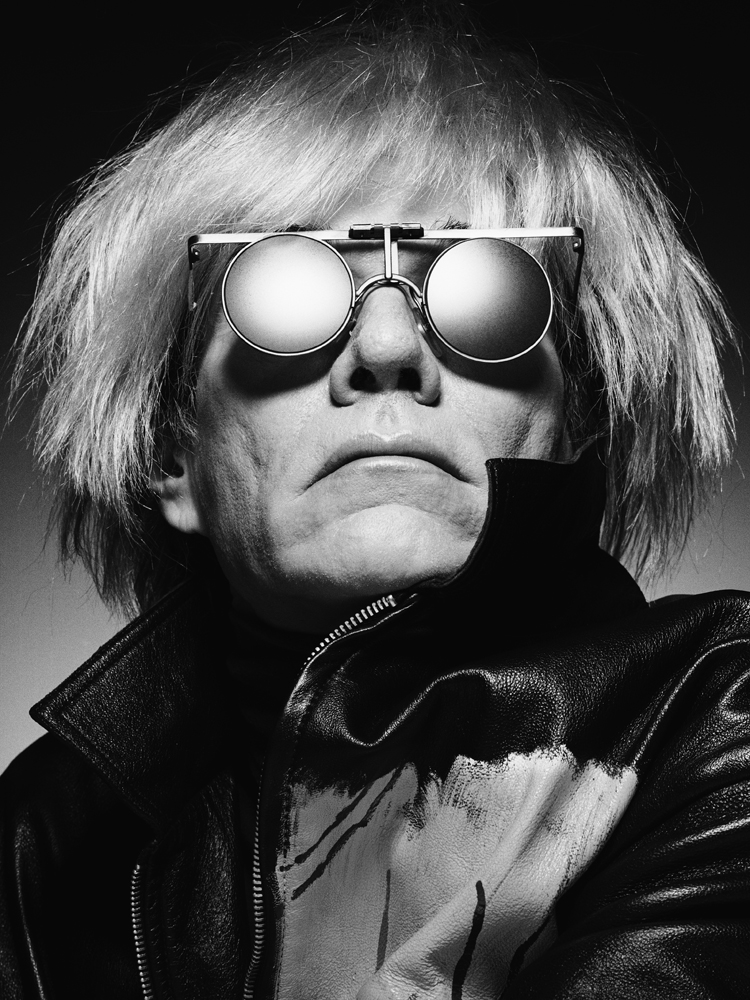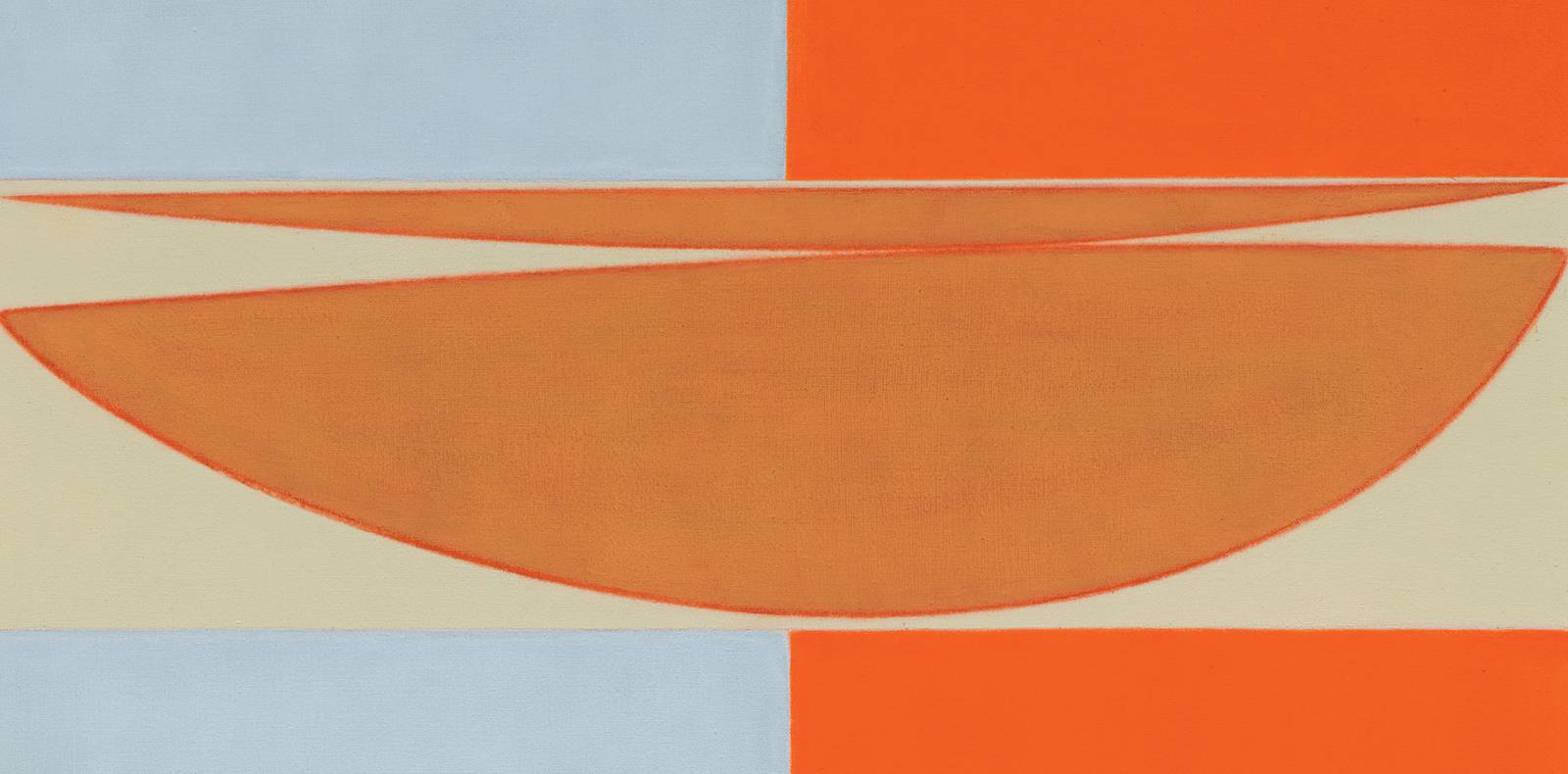
27
Meeting with Julie Beaufils, the painter who awakens abstraction with poetry and spirituality
She could well be the spiritual daughter of Georgia O’Keeffe as her painting oscillates between figuration and abstraction, inspired by the richness of the landscapes of the American West and structured by the lines of the horizon. Secluded in her Parisian studio during the lockdowns, Julie Beaufils has tackled a new series of paintings, between abstract panoramas and spiritual landscapes.
Published on 27 September 2021. Updated on 31 May 2024.
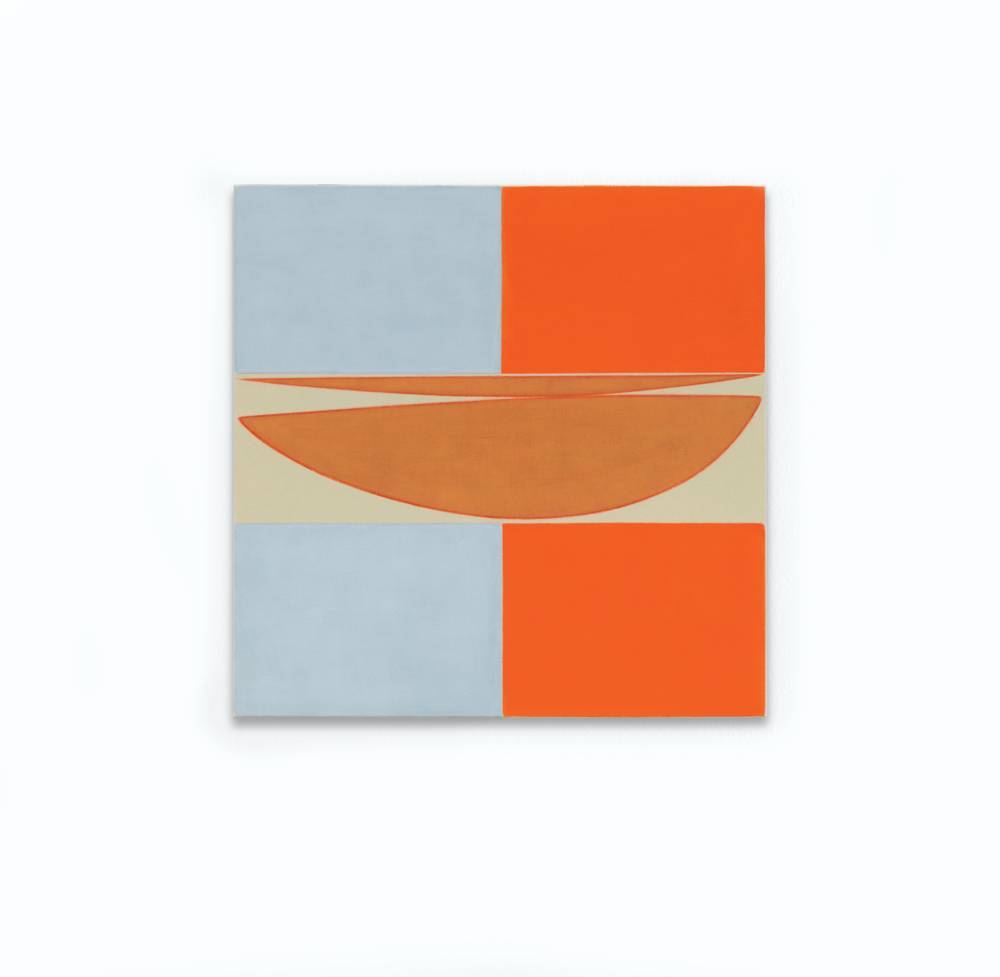
After traveling around the world and spending a lot of time in the United States, Julie Beaufils has just returned from a residency organized by artist Laura Owens in partnership with Luma Arles. It was in her new Parisian studio that we interviewed her. This place, in which she isolated herself during the lockdown, allowed her to paint a new series of works. These soft-toned canvases, which could be likened to abstract panoramas, are more defined as spiritual landscapes. The artist is interested in the esoteric art of Western California and sees his work on color and the materiality of painting as mental representations. At the same time, she is pursuing a series inspired by the tarot deck. The lockdown also allowed her to develop a group exhibition at the Balice Hertling gallery, which brings together her artist friends with whom she conversed virtually throughout this period. Entitled The negative version of the official version of things, the project raises the question of the contemporary and of a production that can also exist outside the official networks of visibility.
Numéro: What is your background?
Julie Beaufils : Right after high school, I joined the Beaux-Arts de Paris. I did a few internships in fashion, then I studied comparative literature at Paris-VII. Then, I went to Los Angeles to enter the MFA Art Program at the USC Roski School of Art and Design. I only stayed there for a year, because the program was modified during the year by the administration, and my scholarship was cancelled. So I chose to leave, like the rest of the students in my class. After that, I decided not to take any further training.
How did the context in which you evolved influence you?
Having grown up in the 90s, I feel like even though I was a child, my brain was soaked up in the aesthetic currents of that time. I have memories of sleepless nights spent in front of music video channels. It was addictive because it never stopped. At that time, there was a fascination with Japan. It was felt in the fashion and music magazines I read, and it sometimes mixed with grunge influences. On the same principle as the video channels, swallowing a multitude of images was an addiction. What was stimulating was the globality of the references they offered. With, at the time, the global population boom, the development of the Internet, the question of the end of natural resources and the expression “world music” repeated on the radios, I remember becoming aware of being on an overpopulated planet, which was both exciting and frightening.
“For me, painting is a way of materializing the images, thoughts and emotions that run through us.”
For you, what does it mean to be an artist, and when did you make this choice?
During my childhood, I never idealized the figure of the artist as it was shown in museums, but I drew all the time and was fascinated by photography, films, fashion, design. I think at the beginning, you do things because you need them mentally and physically, and then at some point, you have to put a name to it to get an education and find a way to make money. For me, drawing was an outlet, so I chose the Fine Arts. Today, as soon as I question this choice, I think of the need to go to the workshop regularly.
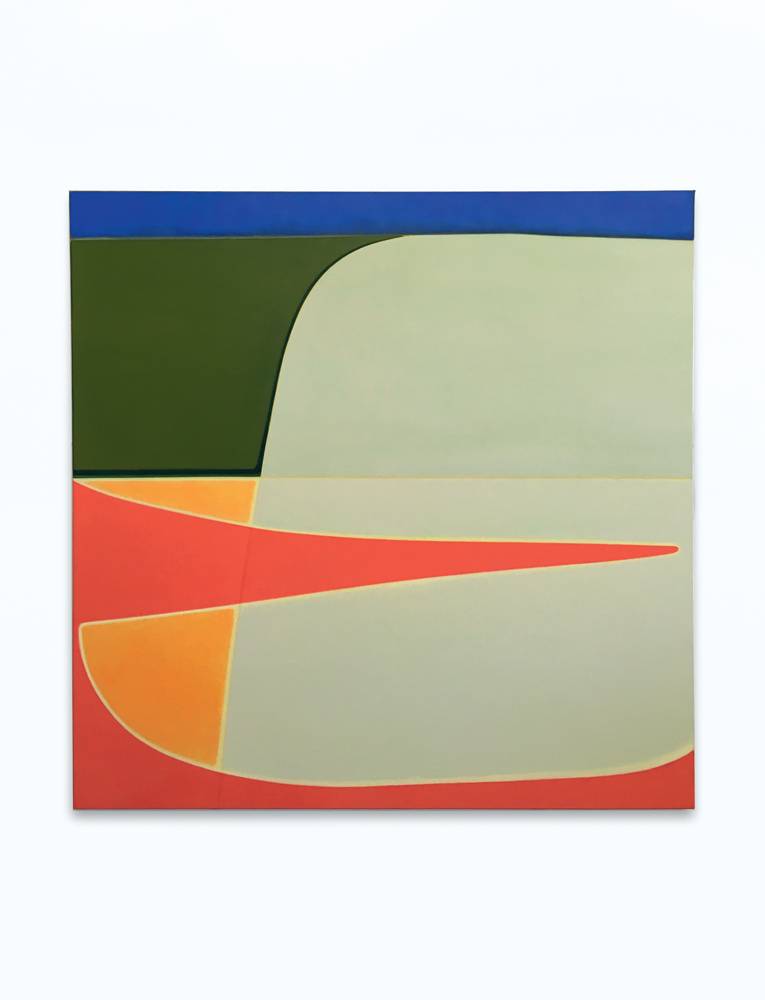
Your painting oscillates between figuration and abstraction. How do you go back and forth between these two modes of representation, and why?
For me, painting is a way of materializing the images, thoughts and emotions that run through us. They appear in an unlimited way, and they can sometimes be reduced to a color or a shape. So it seems impossible to me, in painting, to limit myself to figuration or abstraction. I find that a color can have the same emotional charge as the memory of a familiar place or object.
What are the sources of your images?
The main sources come from the trips I have made. Especially the moments when the environment influences my balance and I find myself destabilized, physically or mentally. This happened to me during trips to Asia, China and Hong Kong, then to North and South America, in the desert and in the rainforest. Video is also an omnipresent source of inspiration, as much video art as movies, sitcoms or music videos. What interests me most is the way we remember certain passages.
“The lines that structure my paintings are like the horizon lines of different spaces.”
Your paintings often have different spaces of representation that are juxtaposed. What do they mean?
I am attached to memories. What captivates me is the way in which certain images continue to exist within us, in a ghostly way, while blending with the new data we receive every day. The lines that structure my paintings are like the horizon lines of different spaces. Some have already been visited, others imaginary. At the end of the day, I try to make the canvas convey an atmosphere rather than represent something.
Do you work in series or is each paint designed individually?
Each painting is worked on alone, but I often present a group of paintings. What I define as a series is several paintings made at the same time, even if they are very different.
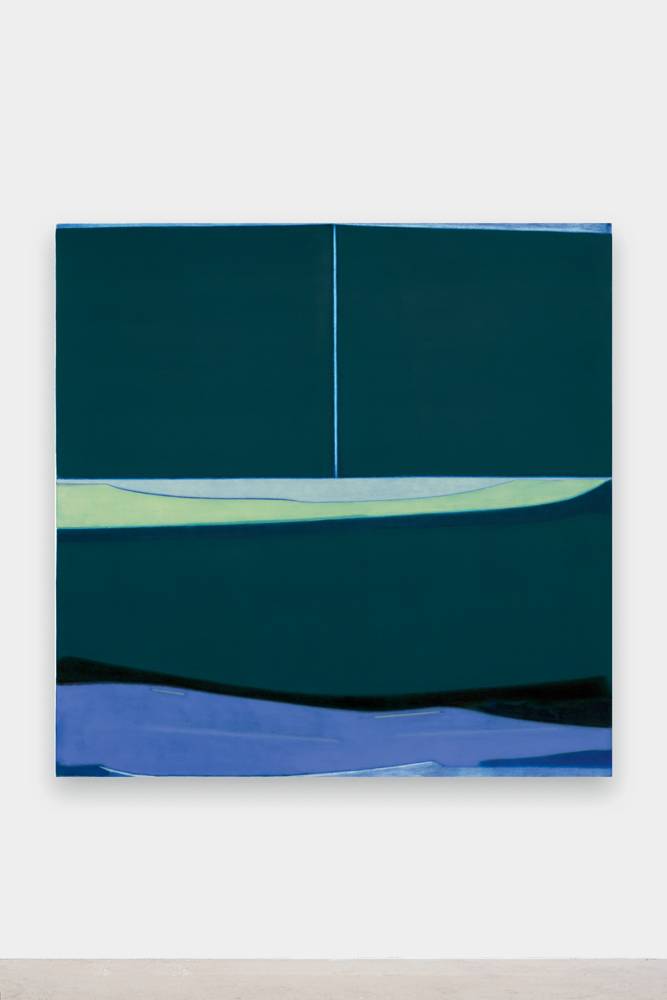
You use a fairly discreet color palette, why this choice?
It depends on the series. In the one I did in the spring of 2020, the colors were bright. When the tones are garish, I feel like I’m saying too much and that it doesn’t leave time to linger in front of the painting. I use diluted and half-toned colors to give an impression of depth, so that the eye is caught inside the painting rather than bouncing off a color that is too dazzling.
What is the importance of drawing in your practice? Do you produce sketches before painting?
I spend a lot of time drawing. For me, it’s the quickest way to express an idea. Some drawings are made up of a few lines. In general, I see them a bit as the genesis of something in the making. Among my drawings, there are some that serve as a basis for inspiration for paintings, others that exist just by themselves.
“I’m trying to change the perception of time passing.”
What is the importance of the arrangement of the canvases for your exhibitions?
After looking at the paintings in the busy environment of the studio for months, placing them on a clean wall gives them another dimension. Each has a different presence in space, some exist muted while others seem to make more noise. Some are like blocks, others have a more diffuse brightness. I like the idea that these different vibrations create an enveloping space in the exhibition space.
What are the particular and recurring themes that you want to highlight in your practice?
I seek to change the perception of time passing. There is something immutable about the painting. Every time we look at him, he is always in the same present. Today, in our world, having time seems a luxury. Colour, in its elusive form, offers a moment out of time, linear – even if it is only sixty seconds. It influences our moods and activates our bodies in a variety of ways. It’s these kinds of experiences that I’d like to make accessible during an exhibition. I make a difference between calculated, linear time and more emotional time that cannot be counted but felt. This research is a line that my work has been following for a while.
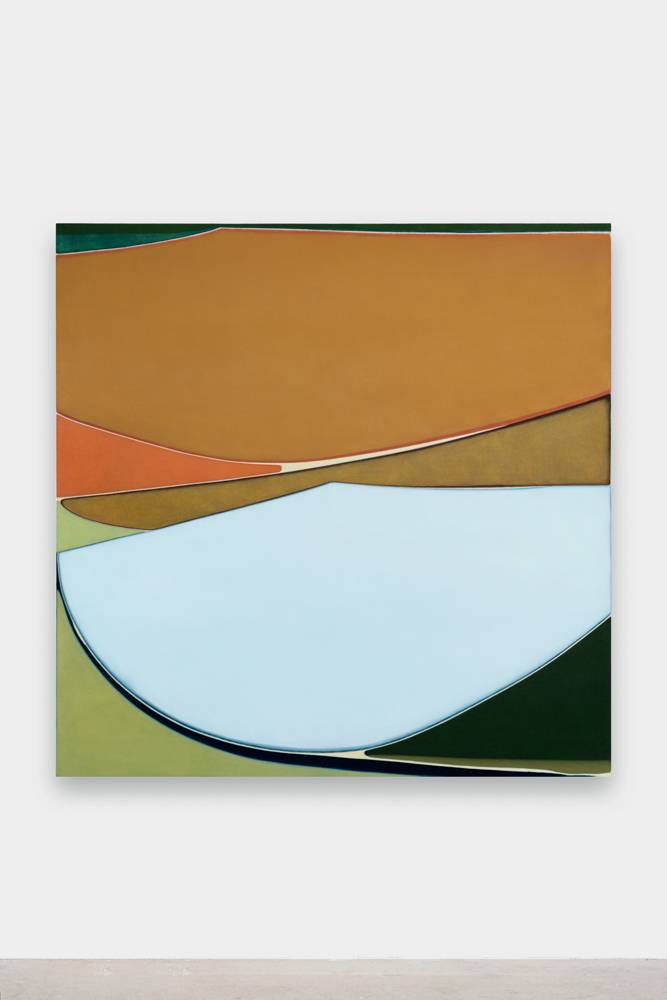
Which artists influence you today or have influenced you in the past?
What influences me the most today are the conversations I have regularly with my friends. I observe how they remain productive during this confinement and the ways we find to continue to see each other. I am inspired by our conversations about what we have been missing since the beginning of the restrictions, because it shows what is vital for us: staying moving, dancing or leaving the house without a specific purpose have proven to be essential activities. They always have been. We just weren’t so aware of it before. It brings me back to the body and pushes me to anchor my practice in materiality. This is what I do in the studio through processes, preparing the colors based on pigments and working on larger formats that force me to have wider gestures and to move more in space.
Do you feel close to a group of artists, to a specific scene?
I don’t think I belong to a specific scene. On the contrary, I like to navigate in different networks.
